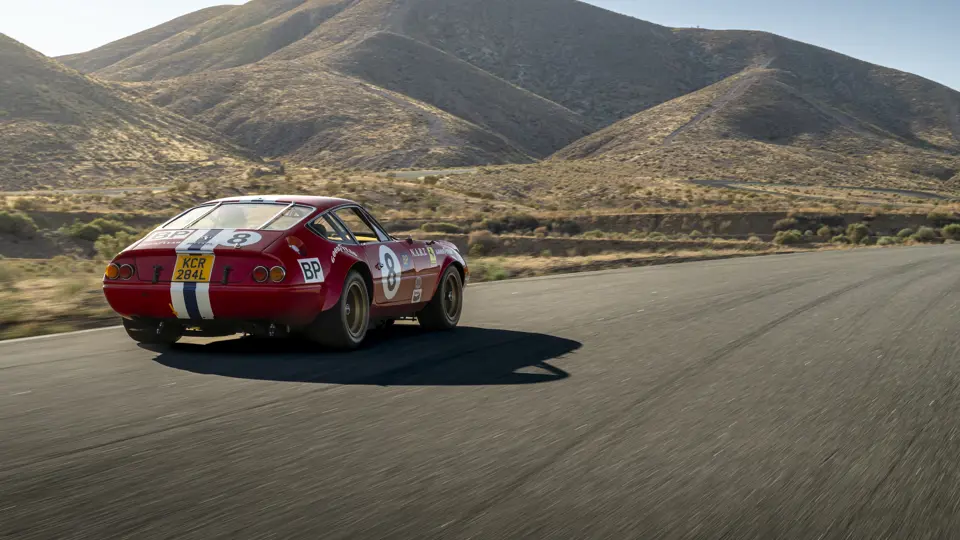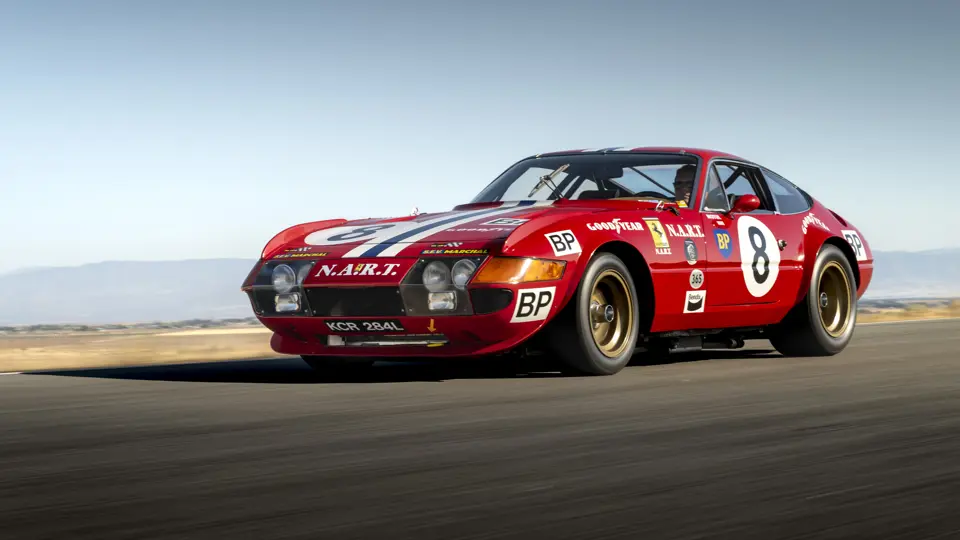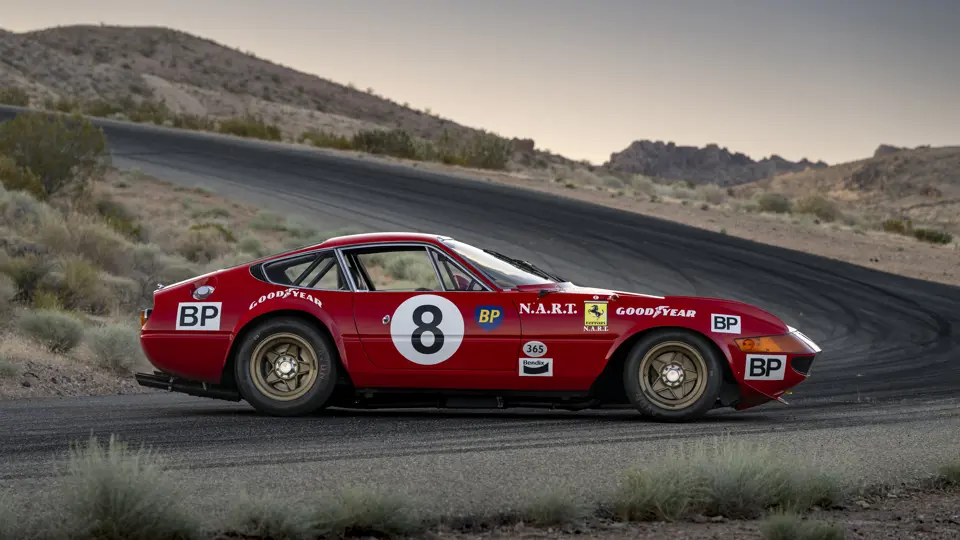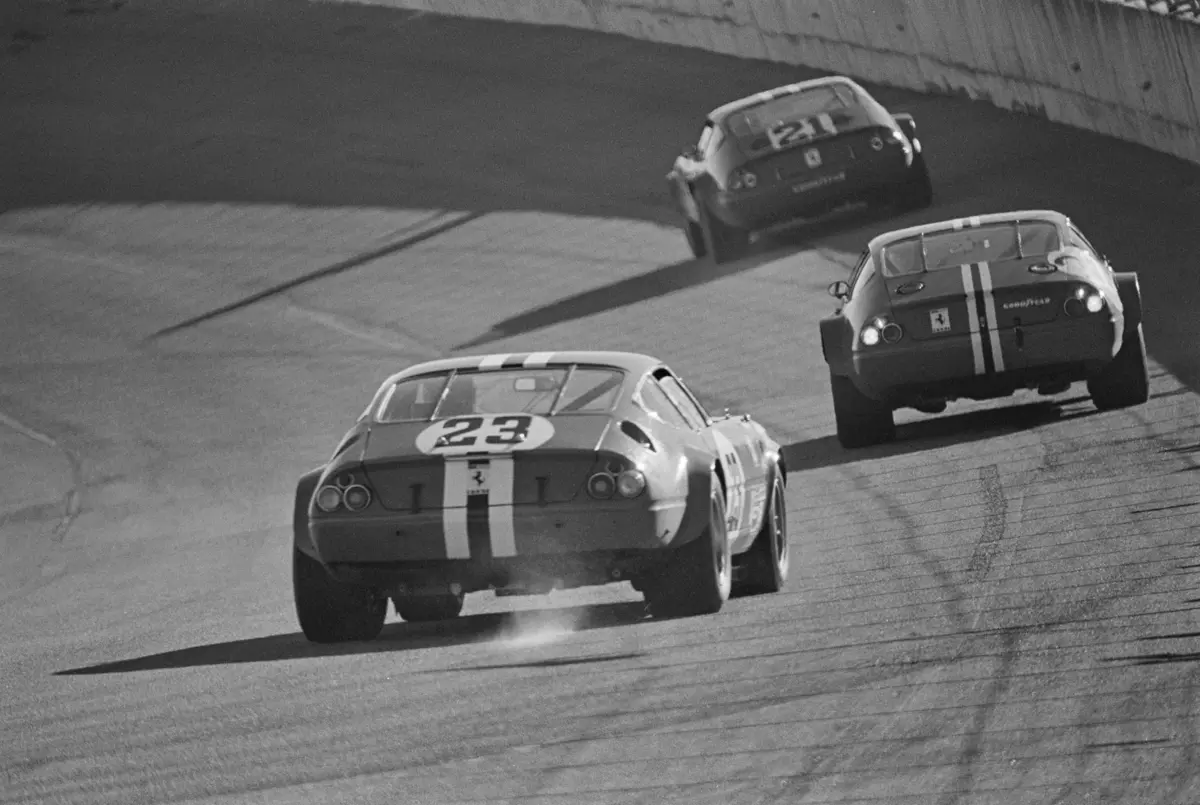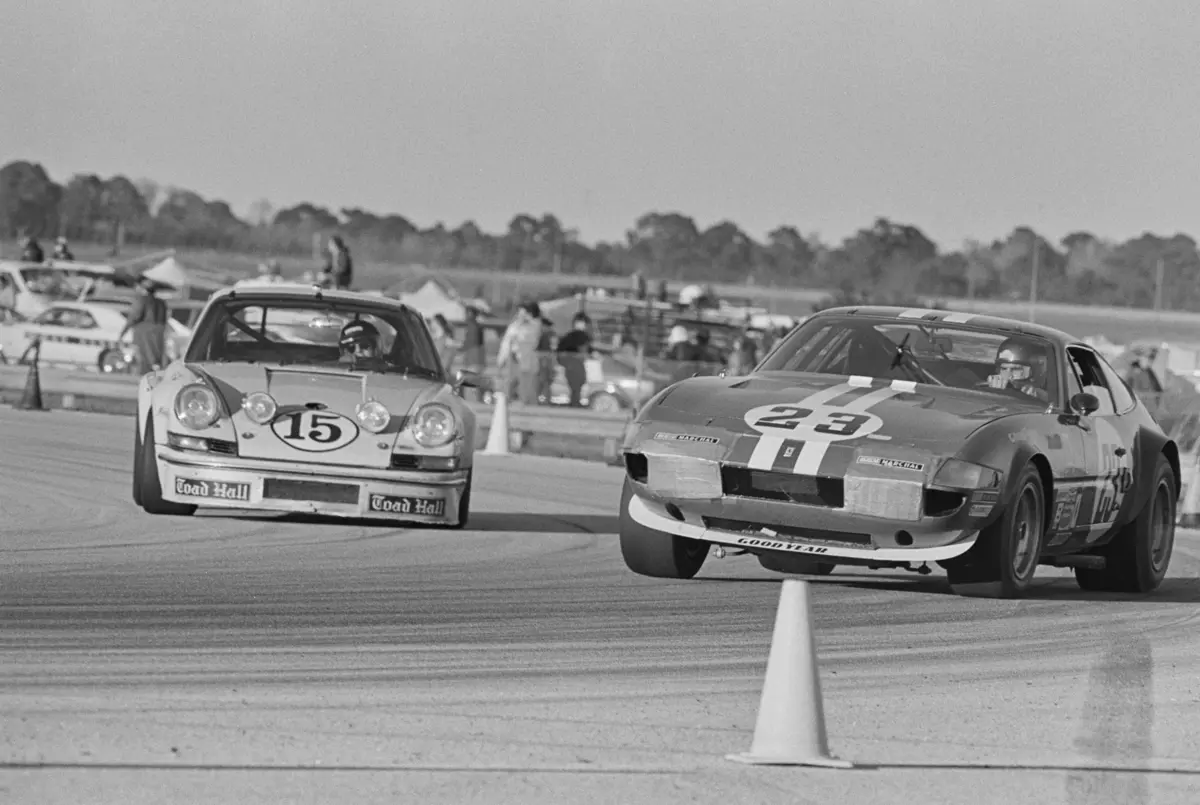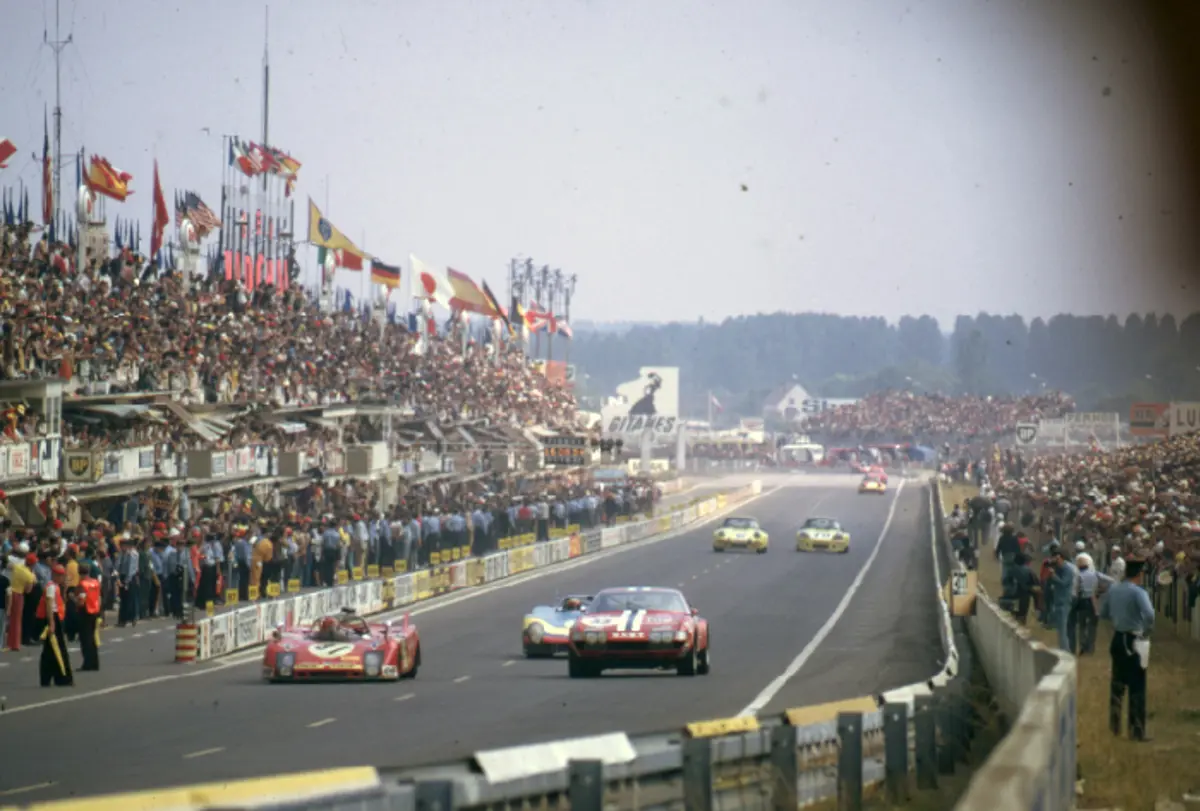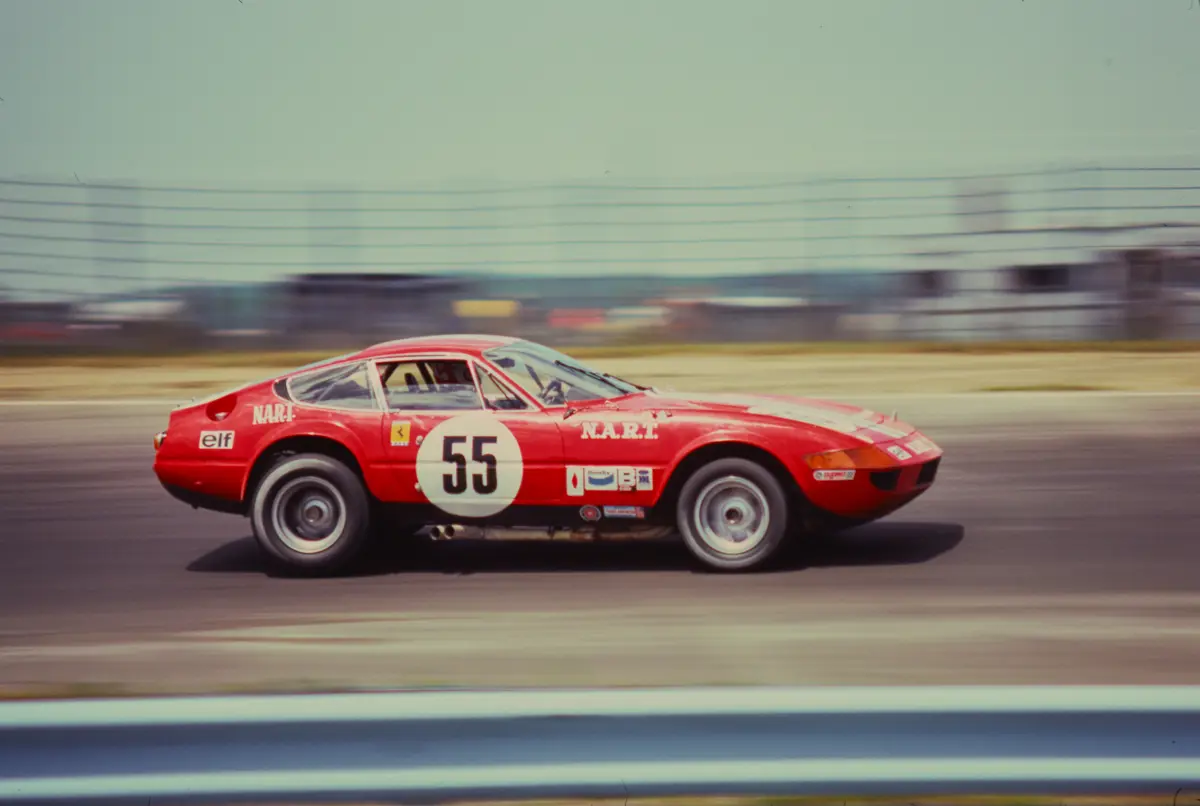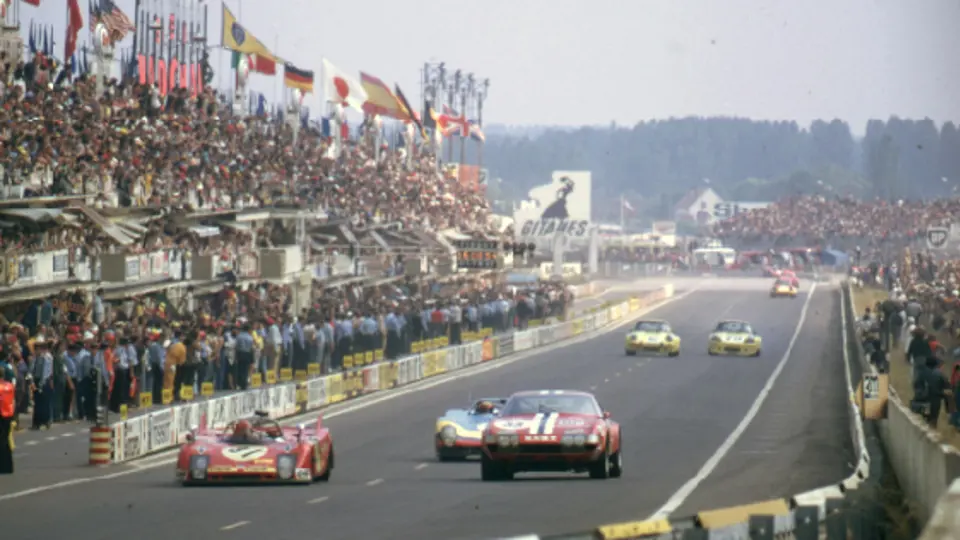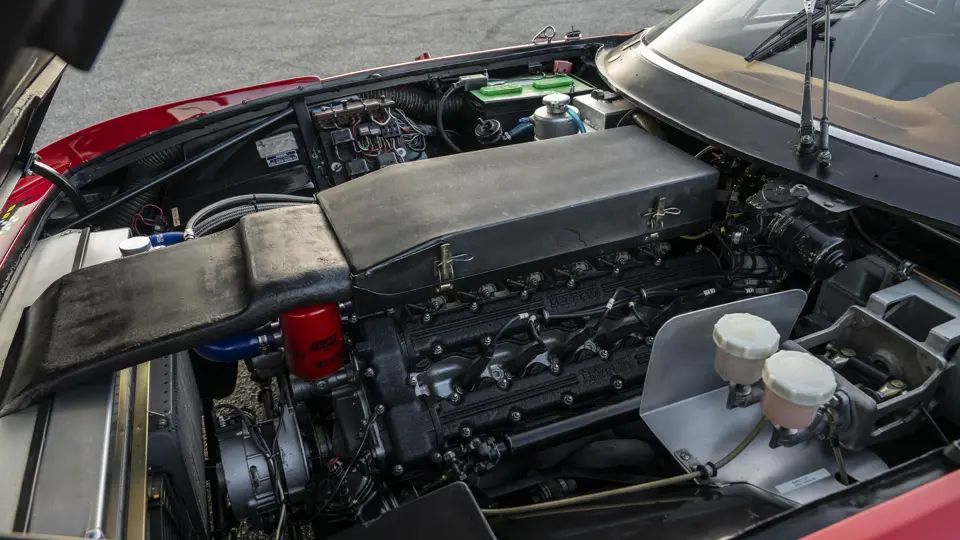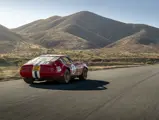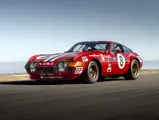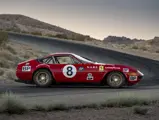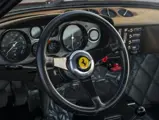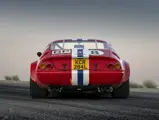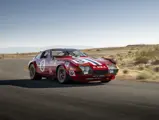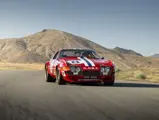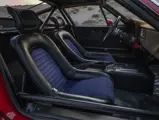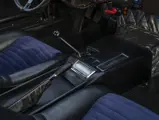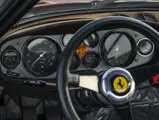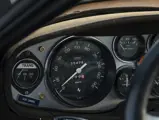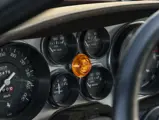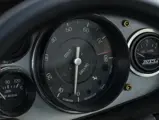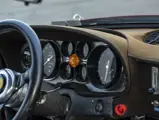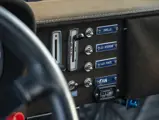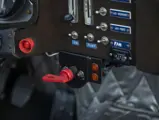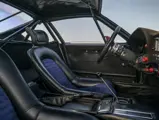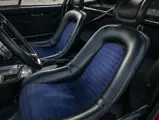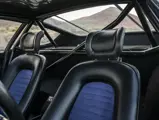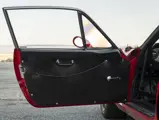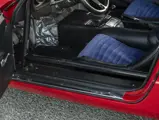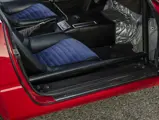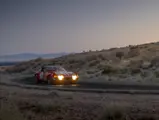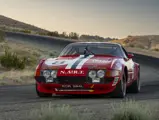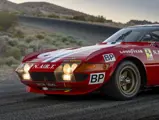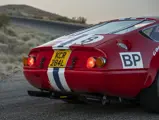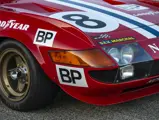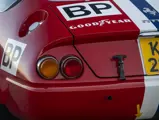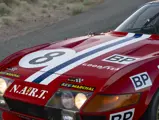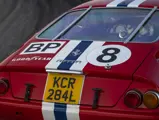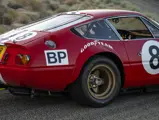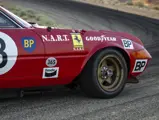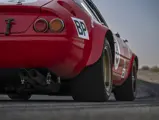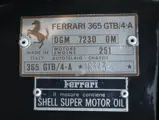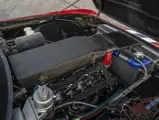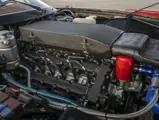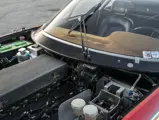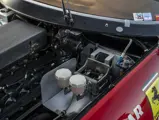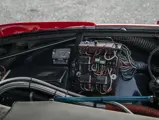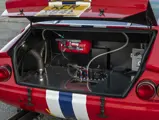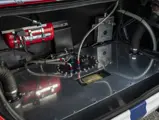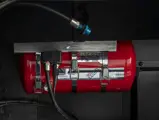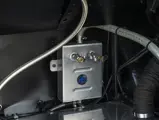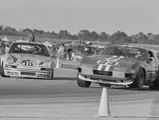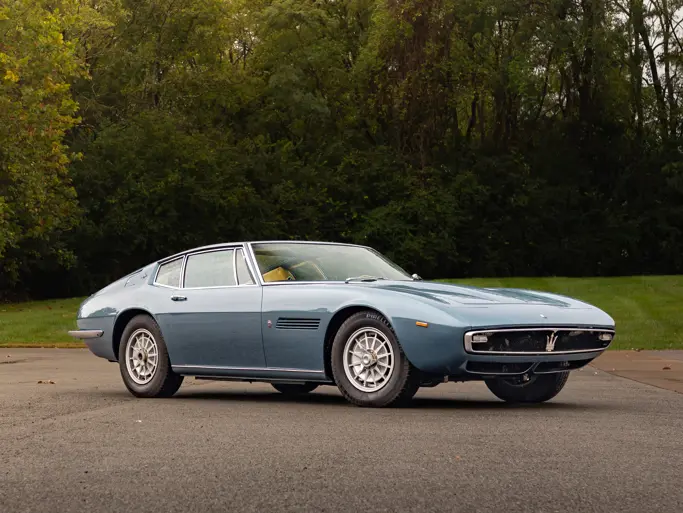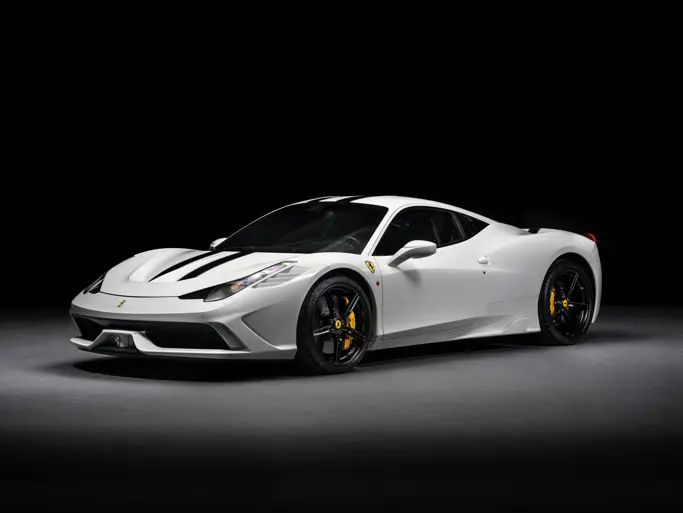Although Ferrari’s success in competition over the course of their near 80-year history has naturally been dominated by the achievements of Scuderia Ferrari in Formula 1 and the World Sportscar Championship, the concurrent efforts of privateer teams such as NART, Écurie Francorchamps, Scuderia Filipinetti, and latterly, AF Corse are in many respects no less noteworthy. Critical to the latter group’s myriad accomplishments has been the availability of factory-prepared, race-developed GT cars derived from Ferrari’s road car range; the first such limited-production example being the sublime 250 GT SWB Competizione, introduced in 1960.
As with many racing programs, minimizing weight, maximizing power, and optimizing handling were central to the Competizione concept; this mantra being further extended with the 275 GTB Competizione, 275 GTB Competizione Speciale, and the 365 GTB/4 Daytona Competizione. Significantly, all four “Comp” models remained highly exclusive, relative to corresponding road car production. Indeed, in the case of the Daytona, some 1,284 Berlinettas and 122 Spiders were constructed in roadgoing form between 1969 and 1973, yet just 24 Competizione versions were completed over the same timeframe. Of these, a mere 15 were officially recognized “factory builds” completed by Ferrari’s Assistenza Clienti division in Modena; the remainder being accounted for by a one-off NART-built prototype and eight officially sanctioned in-period road car “conversions.”
Production of the factory-recognized Daytona Competiziones was subdivided into three distinct series, each comprising five cars. First unveiled in 1971, Series I chassis were notable for being fitted with all-aluminum bodies, mildly flared rear wheel arches, and a modest chin spoiler. Additionally, the road car’s quarter bumpers were omitted, while the front wings exhibited small vertical fins to aid aerodynamic stability. By contrast, the 1972-specification Series II cars were constructed with a steel main body section, albeit one fitted with an aluminum bonnet, boot lid, and doors, as employed on the roadgoing Daytona. Notably wider rear wheel arches provided an obvious point of difference relative to the Series I cars; their incorporation permitted even wider rear wheels and tires to be fitted. External and body construction differences between the Series II and 1973-built Series III cars were minimal, although the latter cars were distinct from the former by virtue of the fitment of steel rather than aluminum doors.
As if to underline the road car’s technical strengths, the Daytona Competizione retained the cylinder heads and block of the standard car’s superb 4.4-liter, quad-cam, V-12 engine, albeit with the addition of a “ram air” box for its six Weber 40 DCN carburetors and a set of sonorous straight-through side exhaust pipes. The claimed power output increased throughout the series, from an initial 436 horsepower at 7,770 rpm for Series I cars, to 402 horsepower at 8,300 rpm for the Series II, and ultimately 450 horsepower at 8,500 rpm for the Series III.
The third series cars attained their incredible power output, approximately 100 horsepower more than a standard roadgoing Daytona, through a 9.1:1 compression ratio, special pistons connecting rods machined from a steel billet, a larger opening for the camshafts with sharper timing, a larger ram air intake, and revised exhaust manifolds. To feed the V-12 engine, four fuel pumps were fitted in place of the two utilized in 1972. Finally, larger brake calipers were fitted to allow for thicker brake pads, and forced air ducts were fitted to provide for better cooling of the brakes.
Elsewhere—bodywork modifications, increased rim widths, and weight-saving measures aside—there was widespread commonality with the standard GTB/4; the car’s reinforced tubular chassis, five-speed gearbox, and double wishbone suspension all being retained with minimal modification.
Its no-nonsense design and relatively unstressed nature rendered the Daytona Competizione an immediate success on the track, and it rapidly ascended to the already well-populated ranks of Maranello GT greats. Its competition debut at Le Mans in 1971 yielded an impressive 5th place overall; a deserved GT class win only denied by the necessary homologation not having been forthcoming prior to the race. However, a hat-trick of class wins at the French Classic between 1972 and 1974 proved that its debut performance was no fluke; a fact further underlined by a Daytona Competizione also winning the 1972 Tour de France Automobile outright. Further afield, GT class wins were achieved in the grueling Daytona 24 Hours in 1973, 1975, and 1979, the last of which also yielded a remarkable 2nd place overall, almost a decade after the car’s introduction.
This particular example, chassis 16343, was the first of just five Series III 365 GTB/4 Competiziones constructed by Assistenza Clienti. Originally completed on 7 December 1972, it was configured in the classic Ferrari color scheme of Rosso Chiaro with a black interior, and was promptly dispatched to its first owner—long-time Ferrari associate Luigi Chinetti’s North American Racing Team—in January 1973.
Upon its arrival on American shores, 16343 underwent a modest—if evocative—cosmetic makeover, with the addition of NART’s trademark single blue and twin white longitudinal stripes to its coachwork. The team immediately embarked upon a hectic few weeks to prepare the car; no less of an event than the 1973 Daytona 24 Hours being selected for its competition debut. Although the opening round of the 1973 World Sportscar Championship, the race attracted a disappointing Sports Prototype entry, with only the two Gulf-Mirages and the single works-entered Matra MS670 being considered likely contenders for outright victory. By contrast, the over 2-liter GT category boasted some 22 entries, including six “Big Block” Chevrolet Corvettes and nine Porsche 911S or S/T derivatives. In addition, NART entered a four-car team of Daytona Competiziones, consisting of their self-constructed #14141 “Conversion,” Series I #14889, Series II #15685, and the still-gleaming Series III #16343.


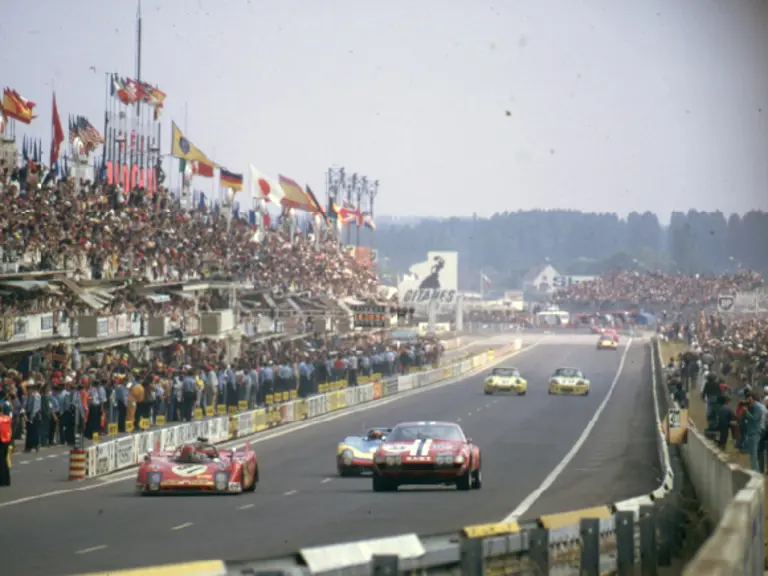


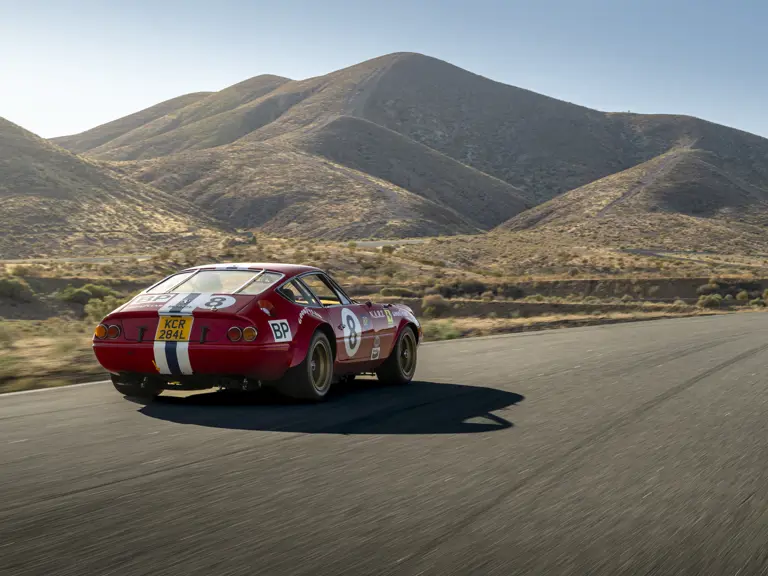
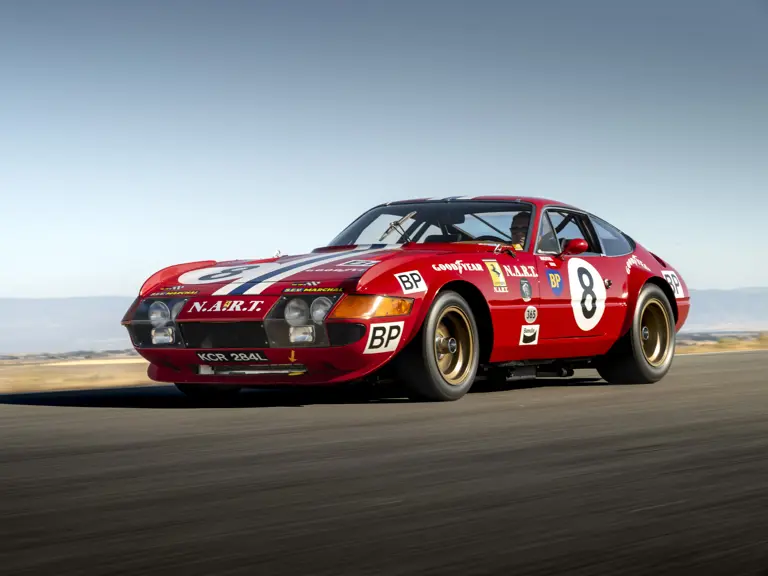
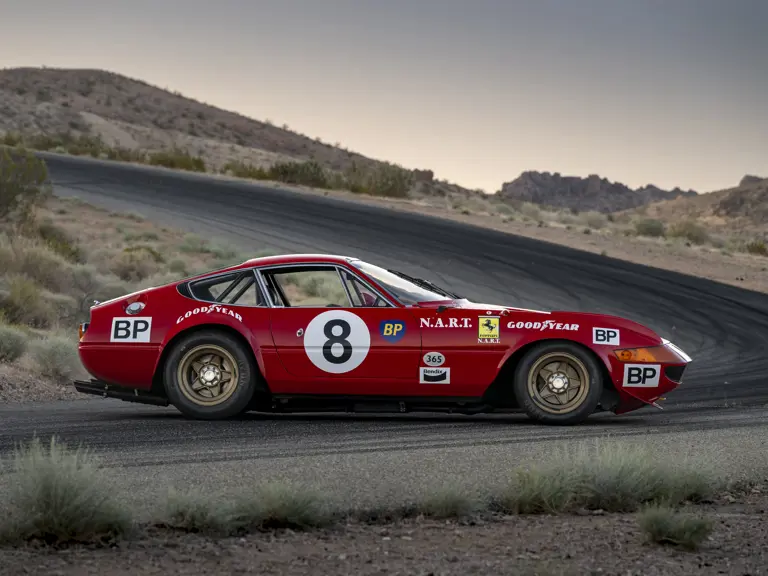
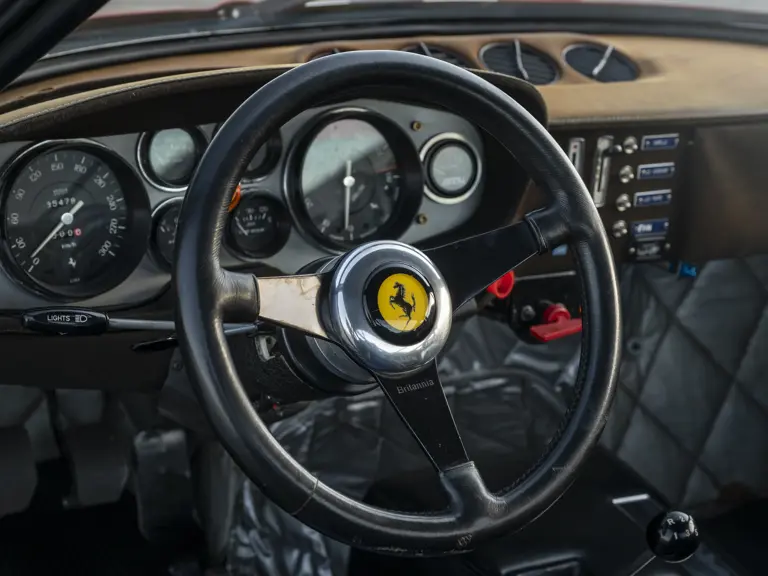
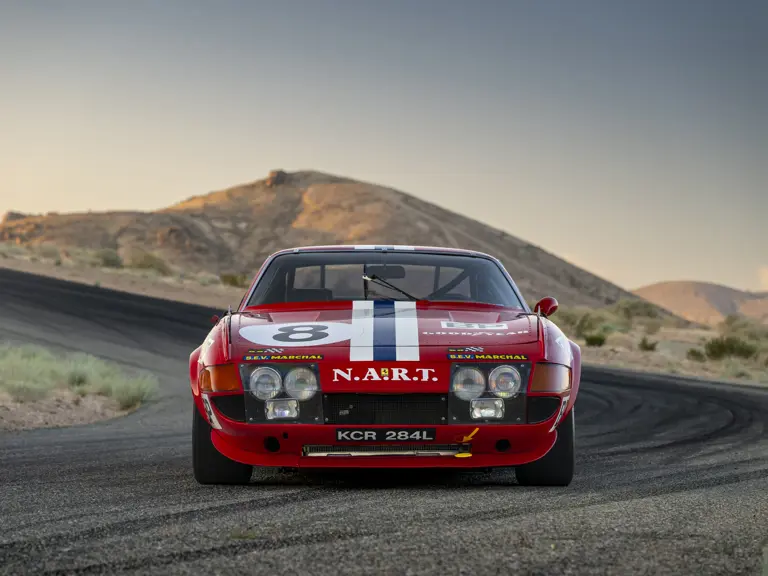

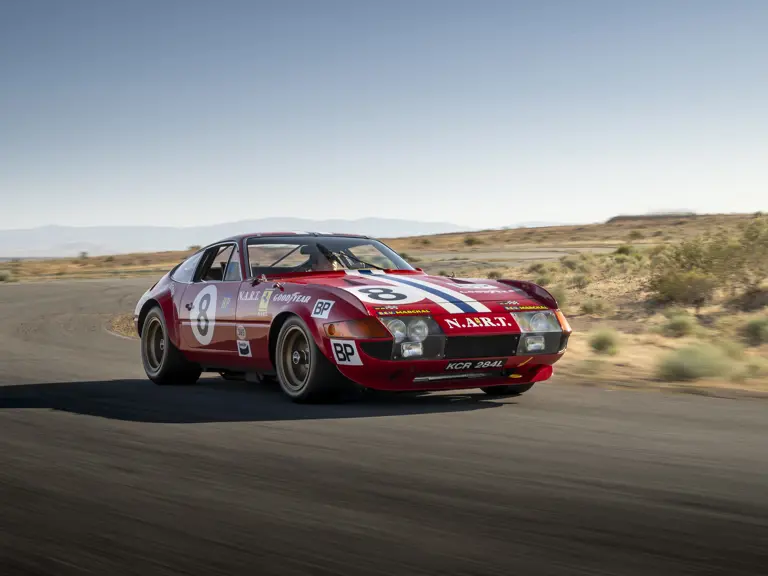
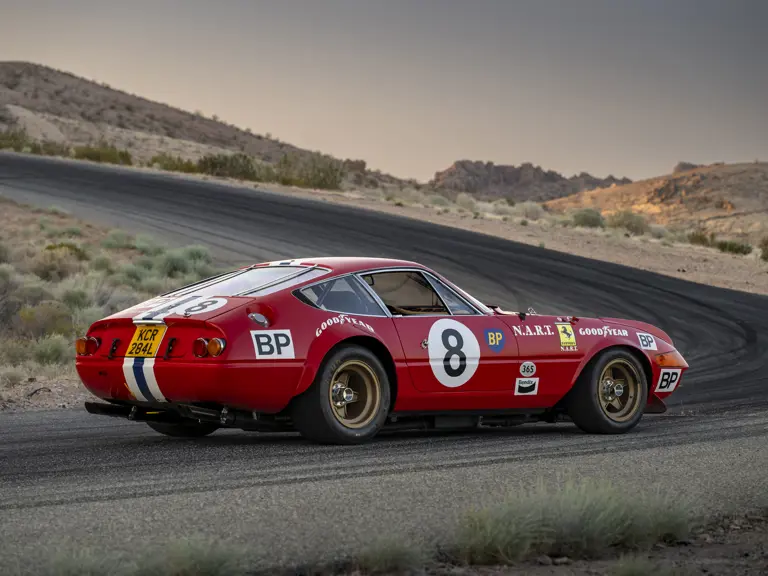

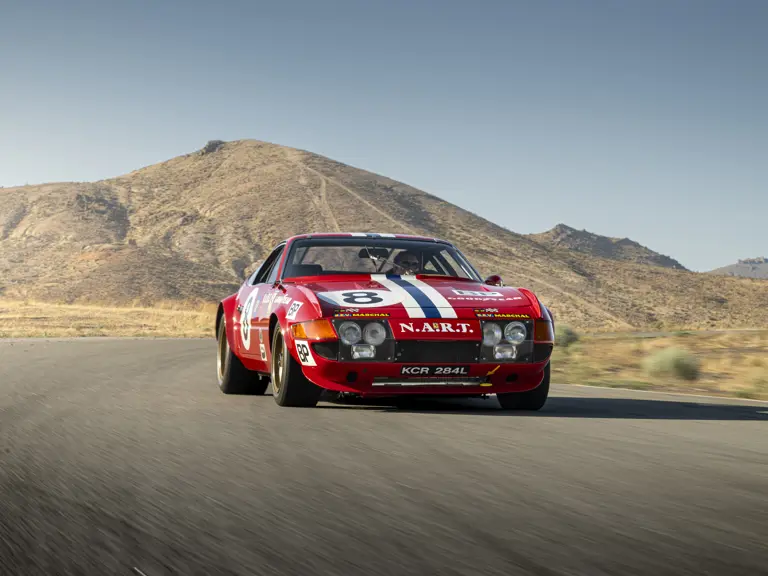
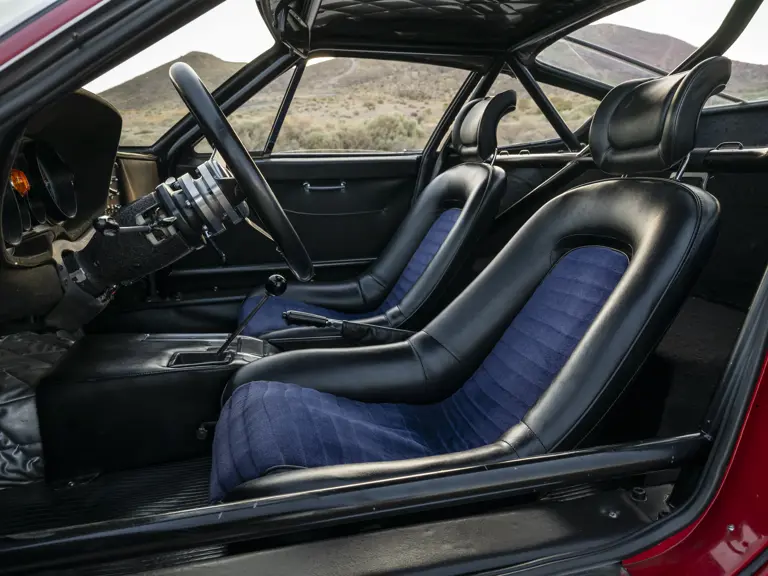
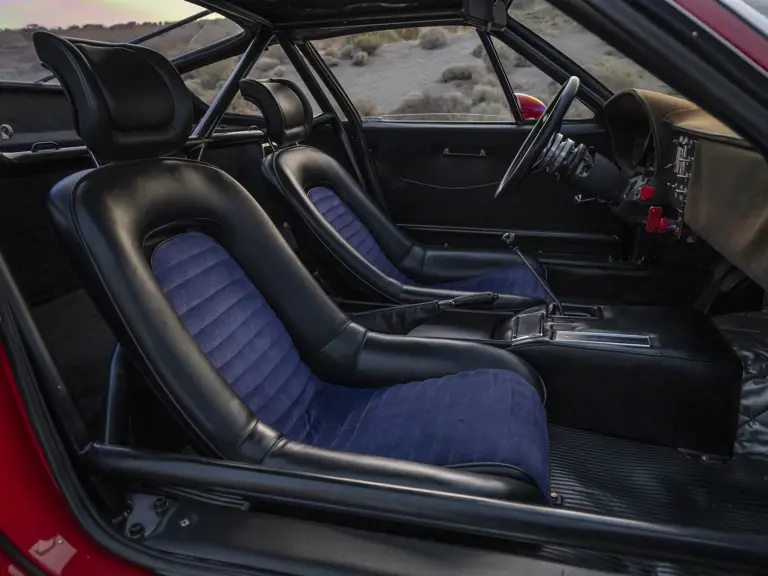
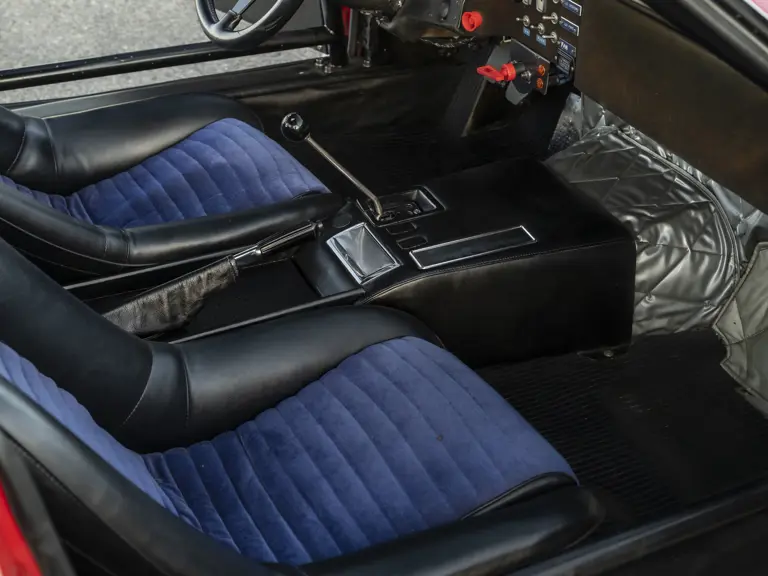
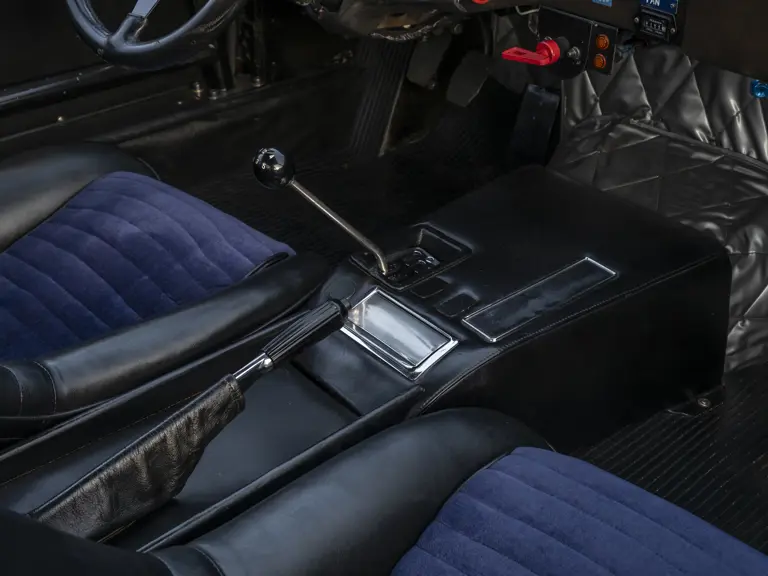
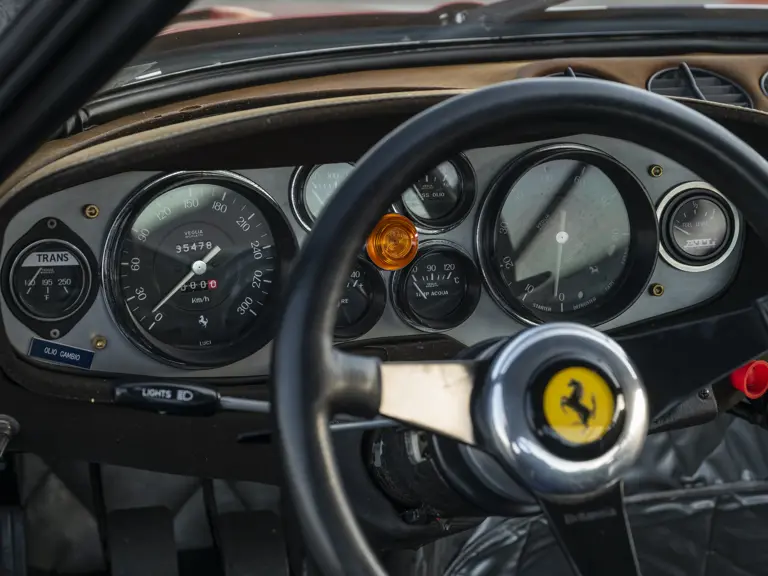
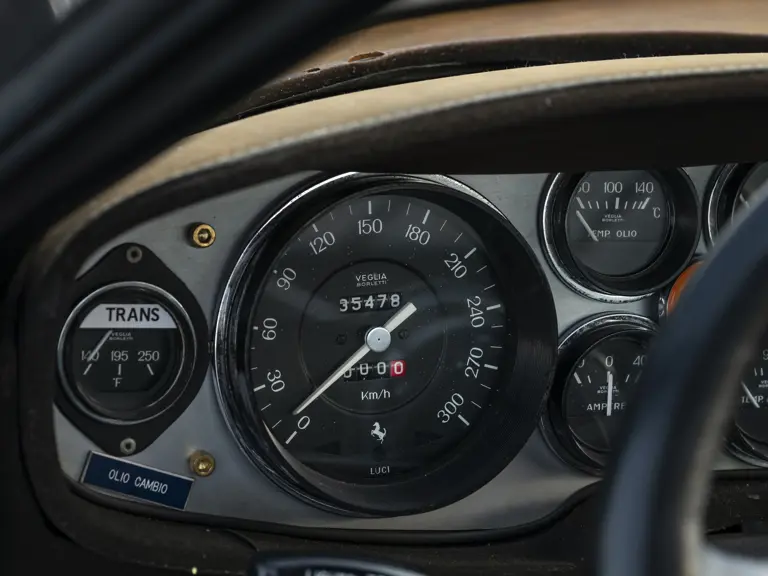
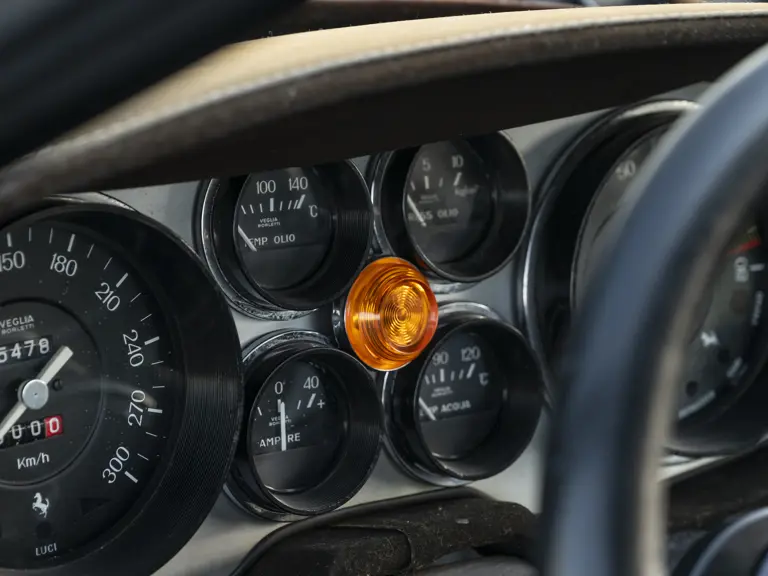
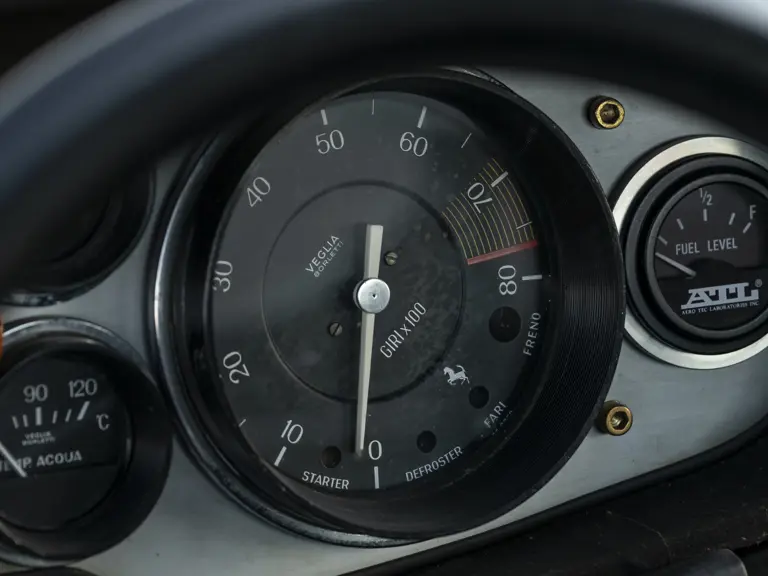

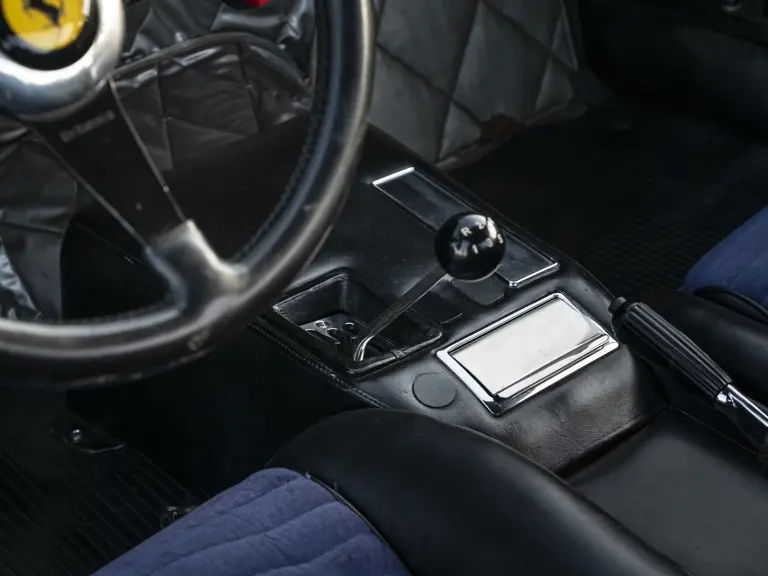
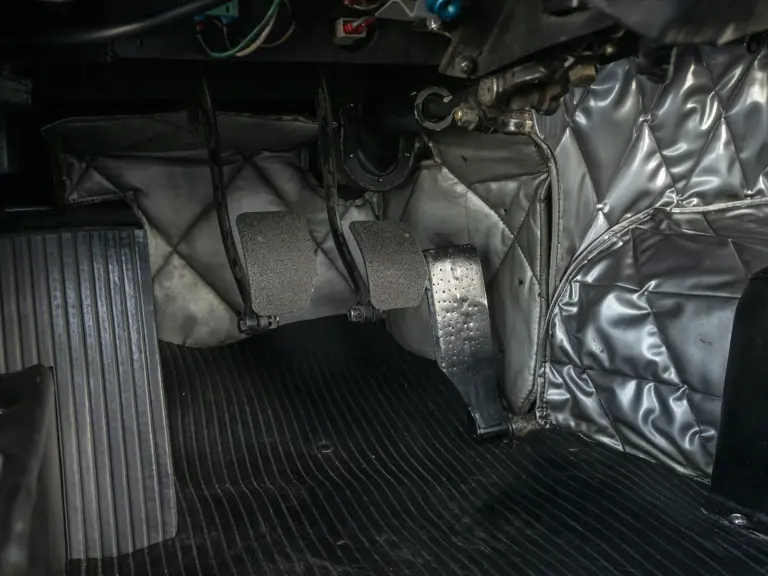

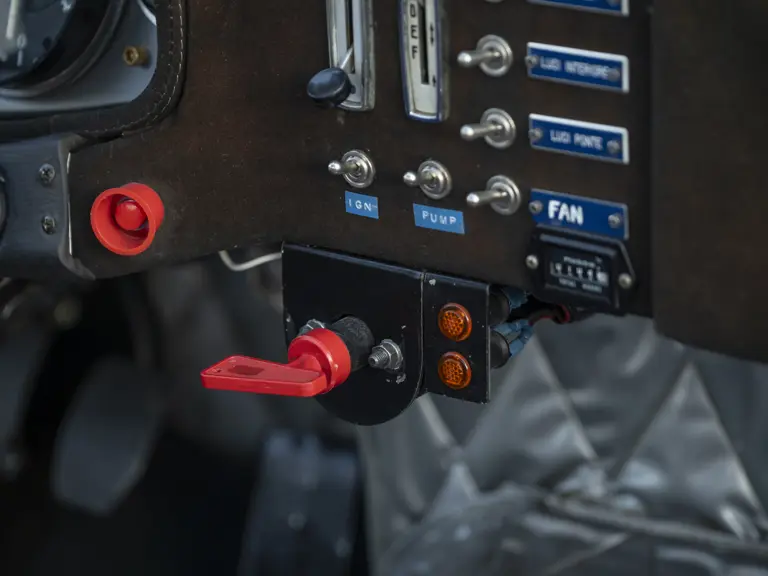
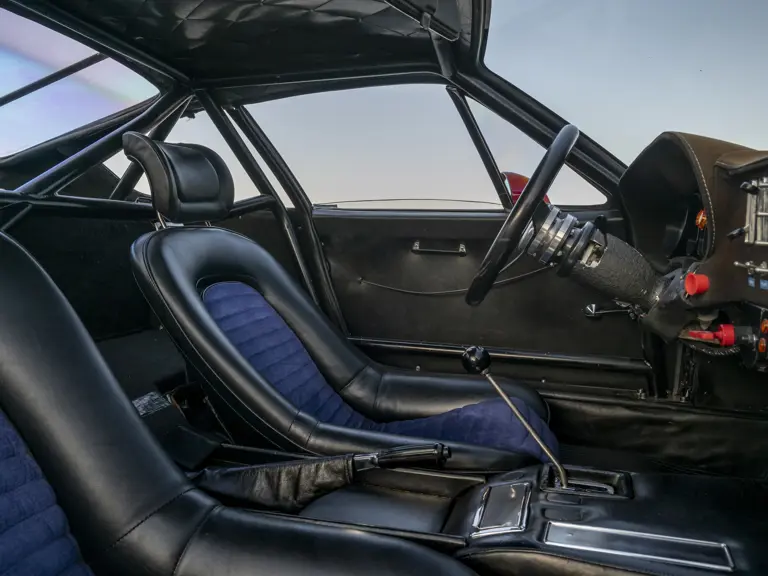


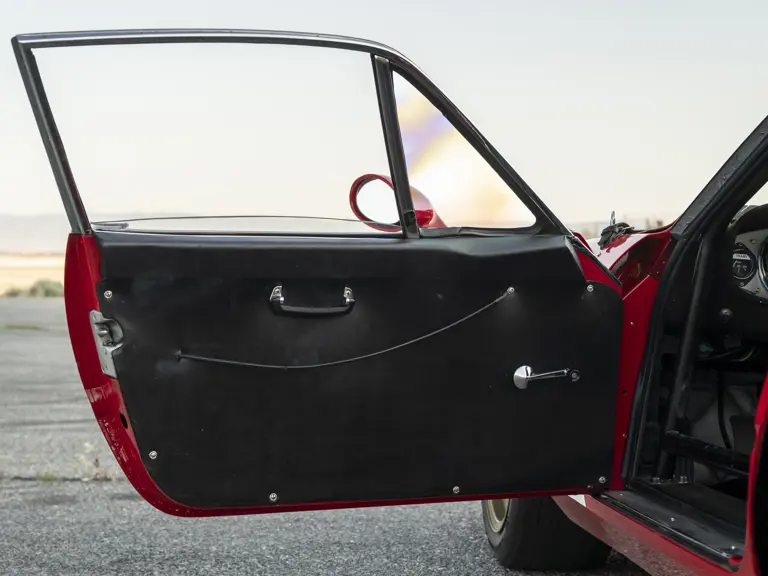
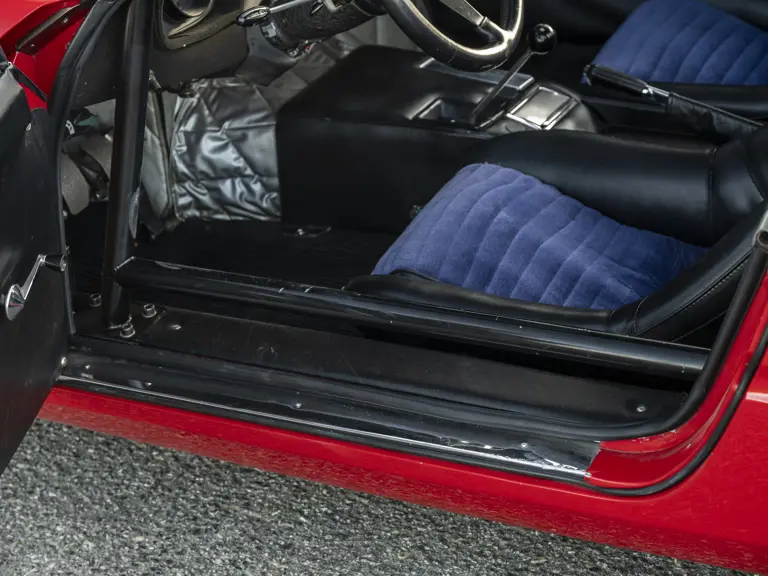
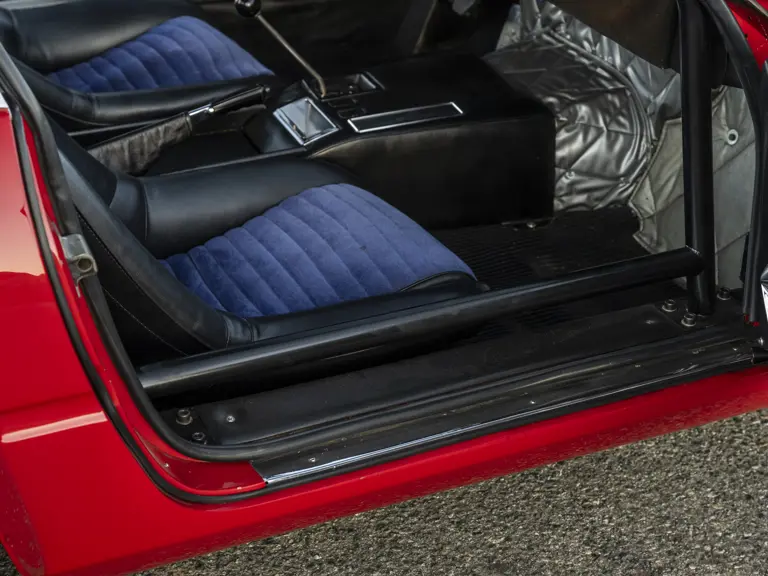
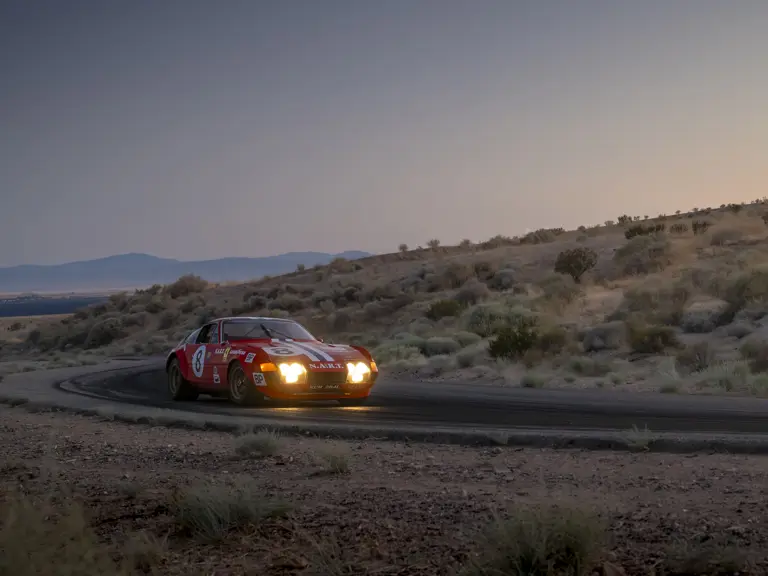

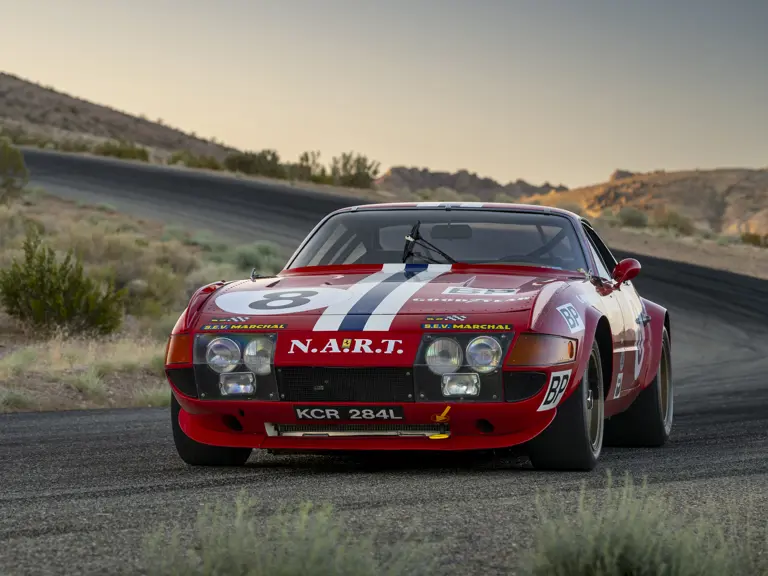
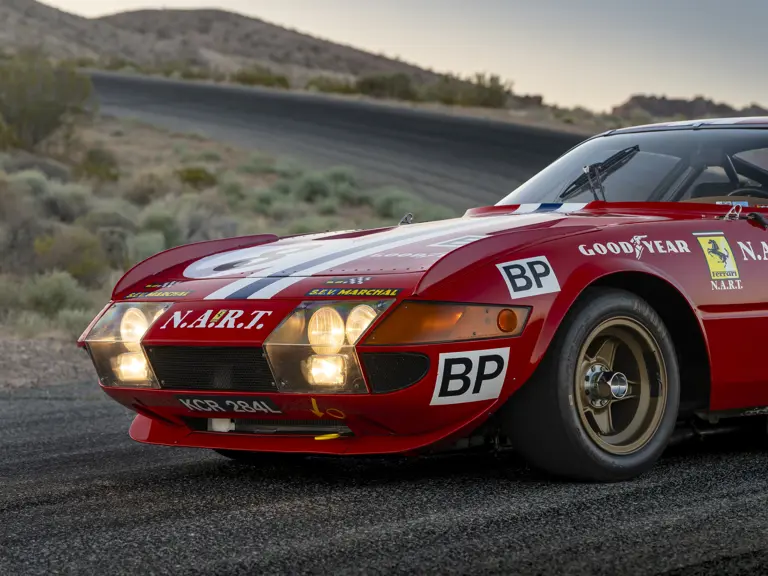

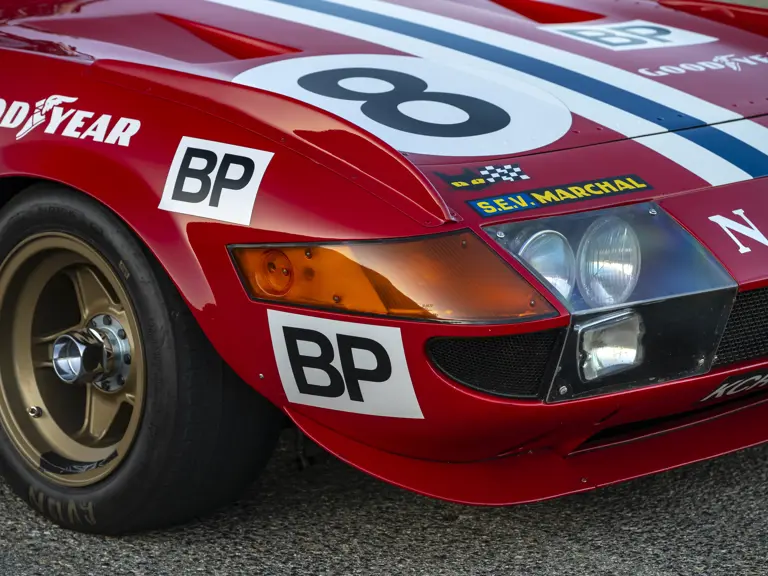
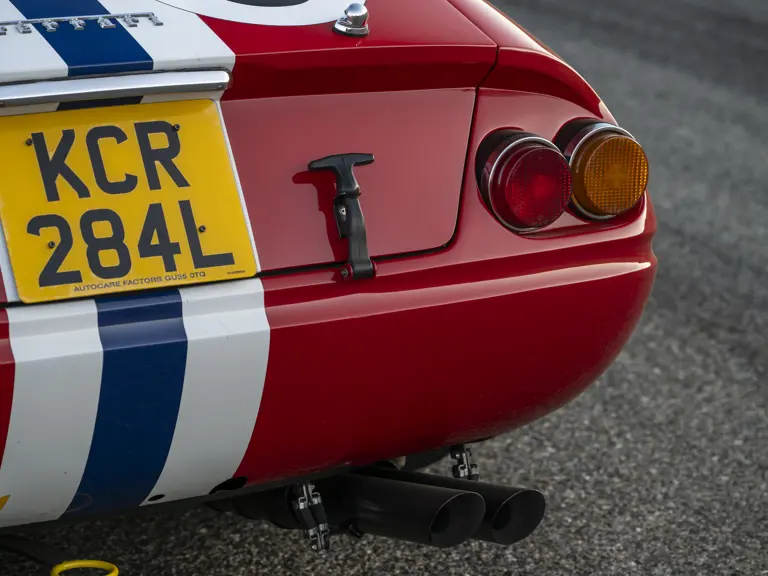
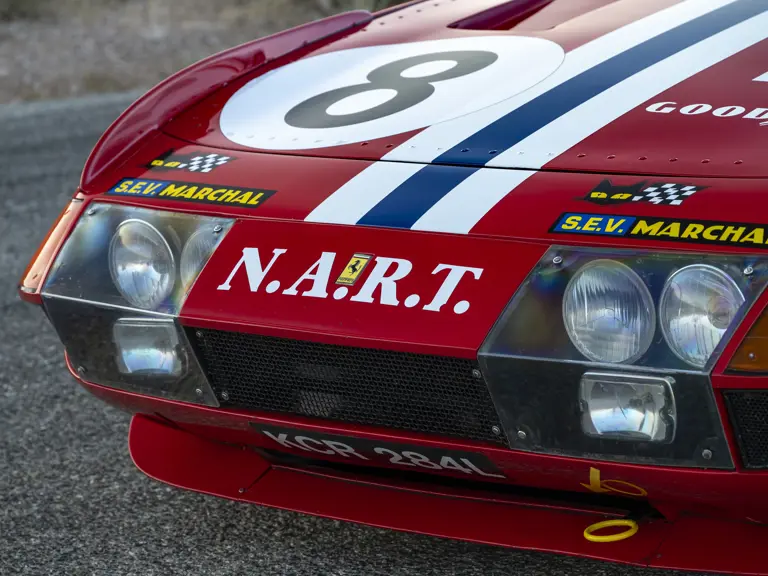

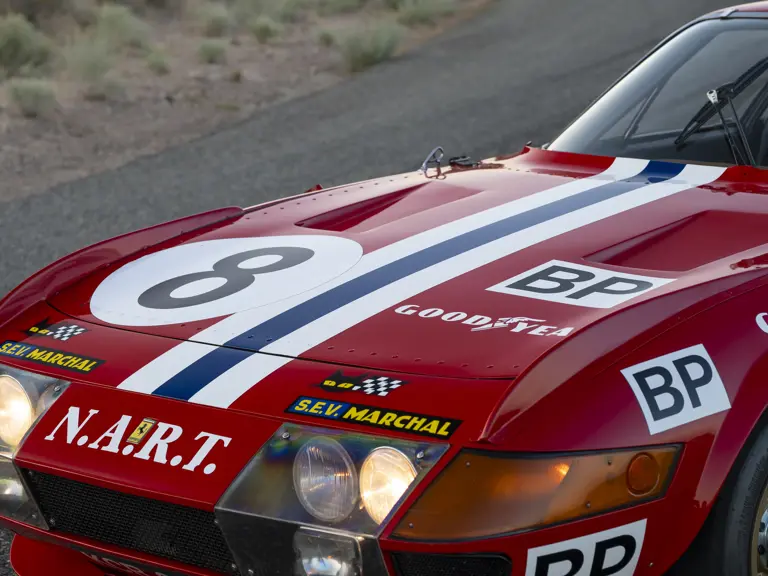

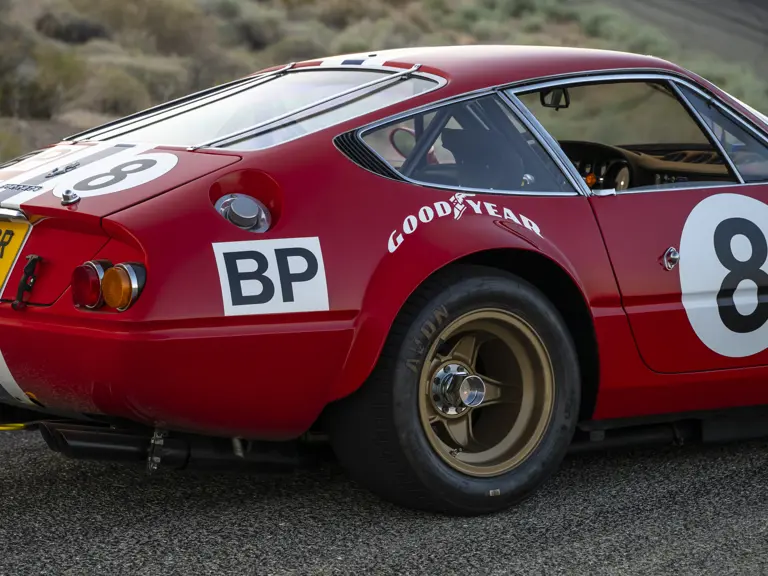


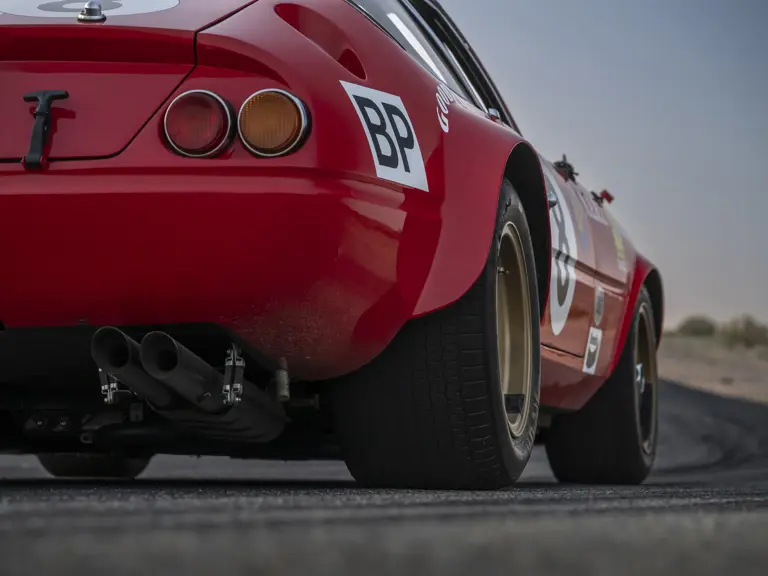

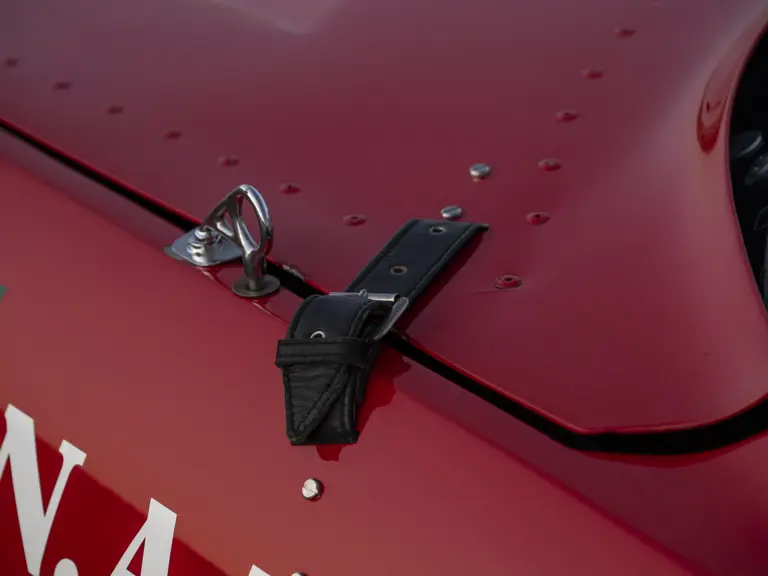
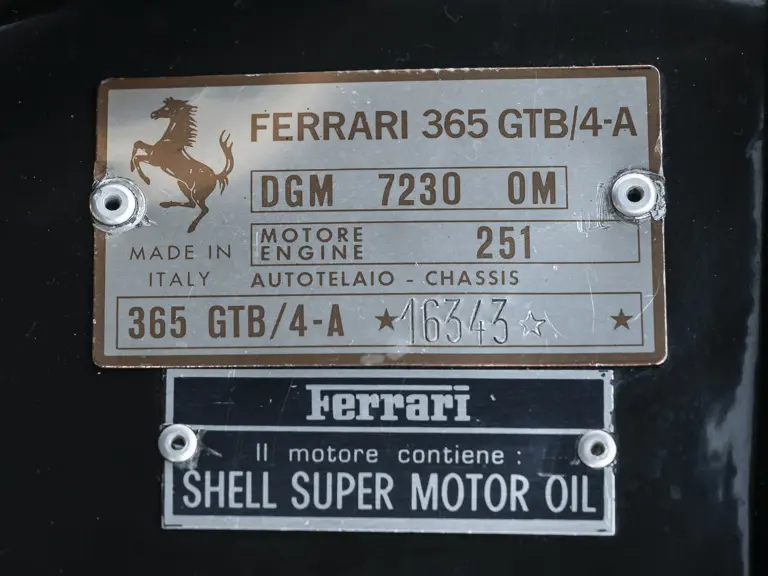
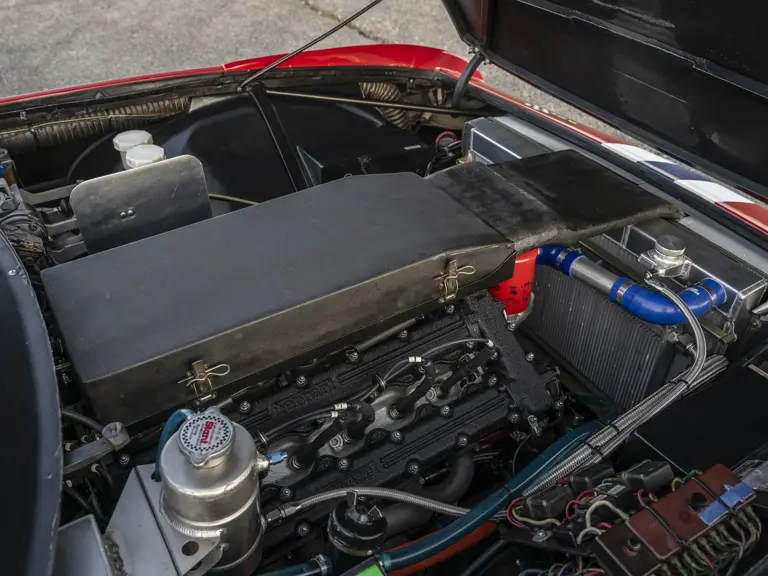
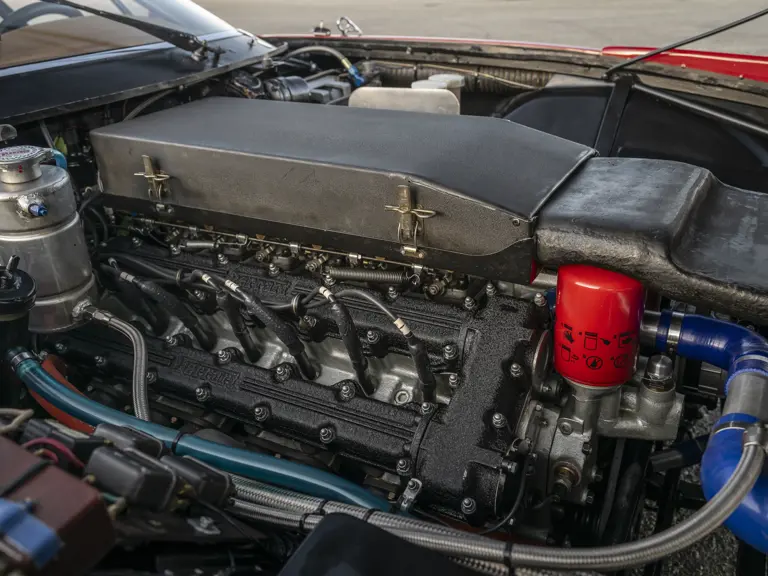
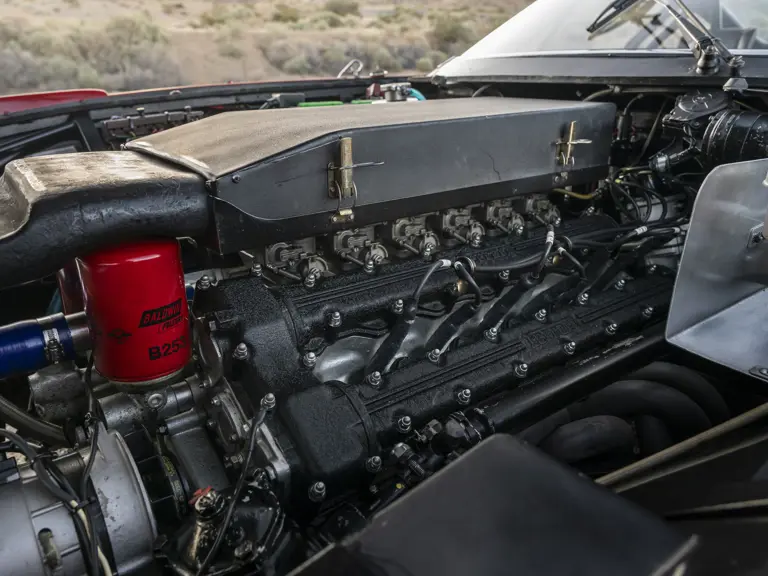

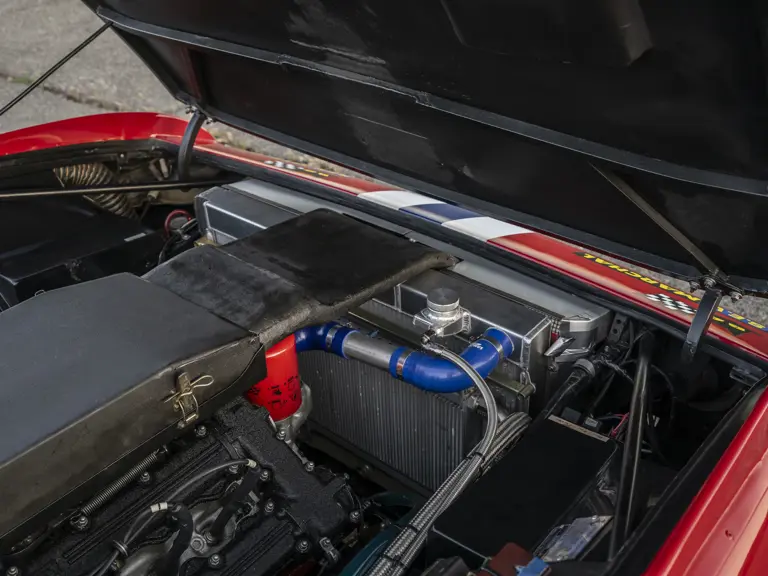
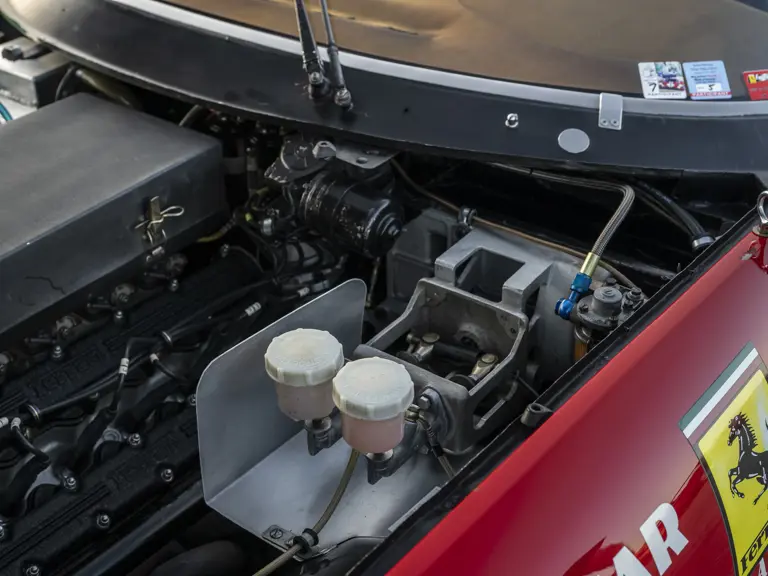
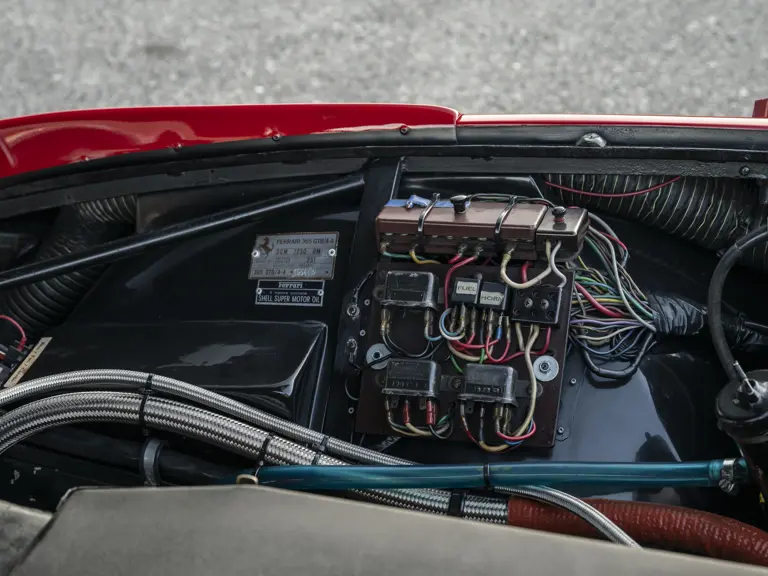
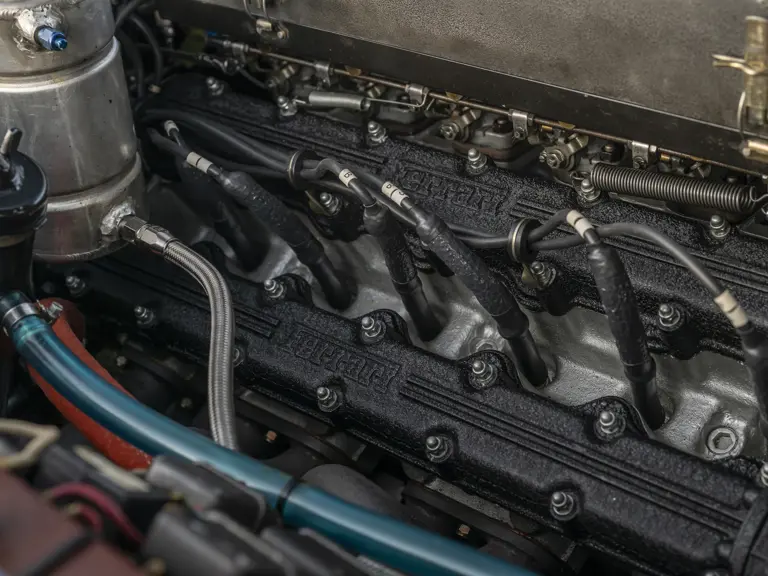
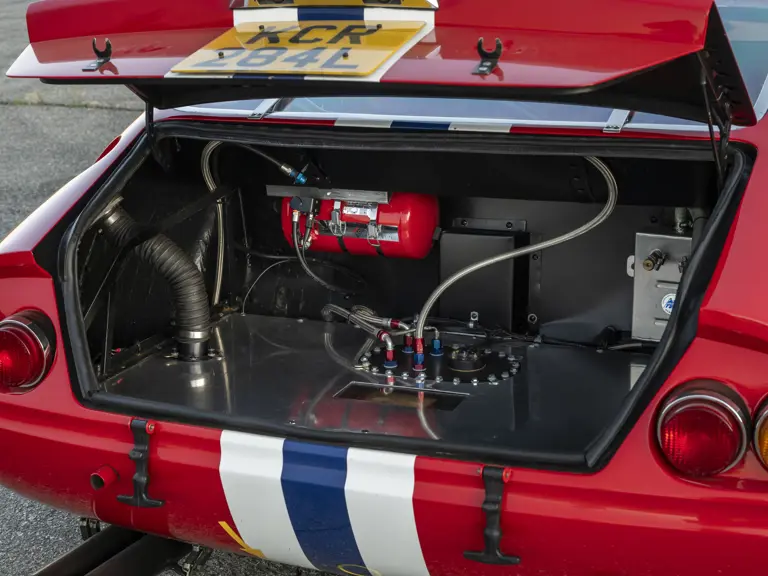
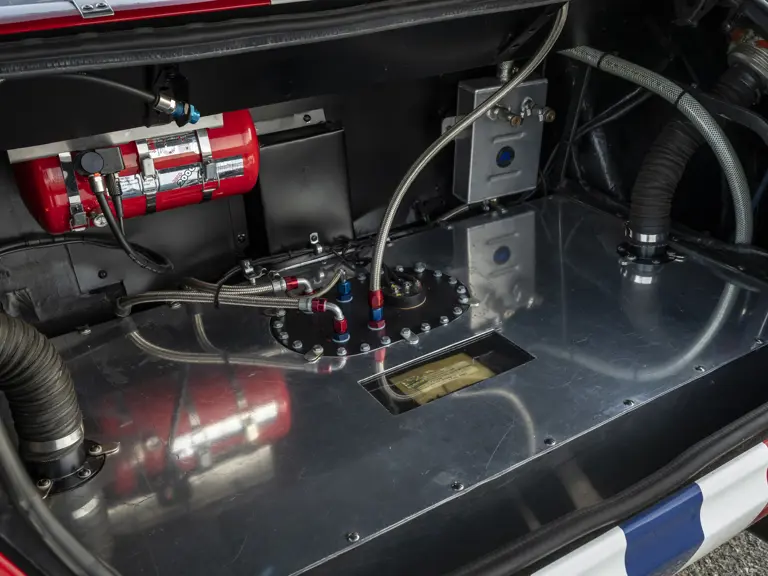
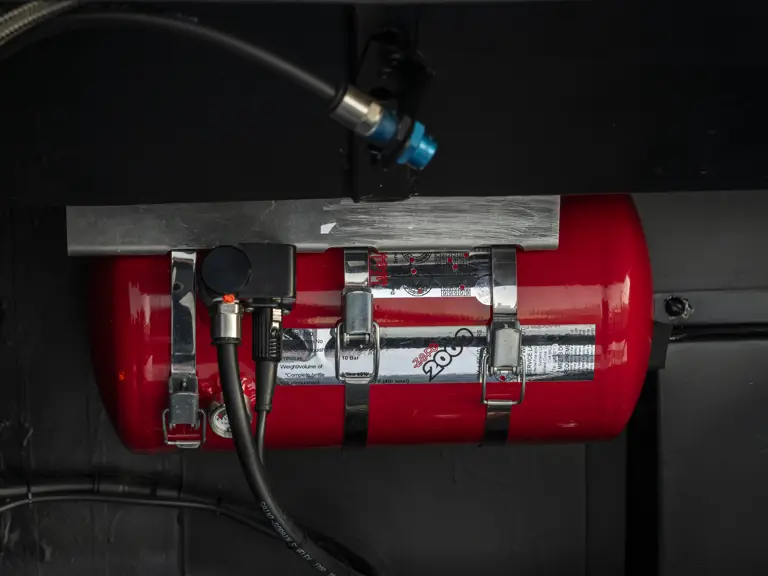
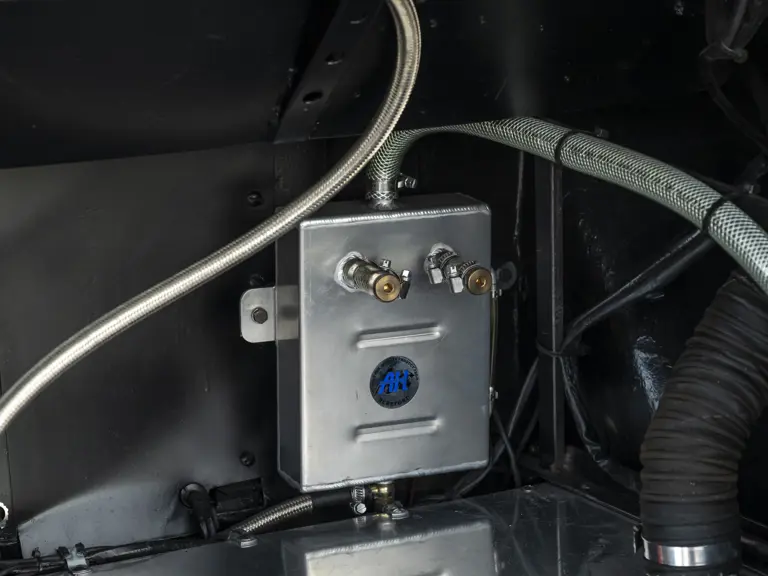
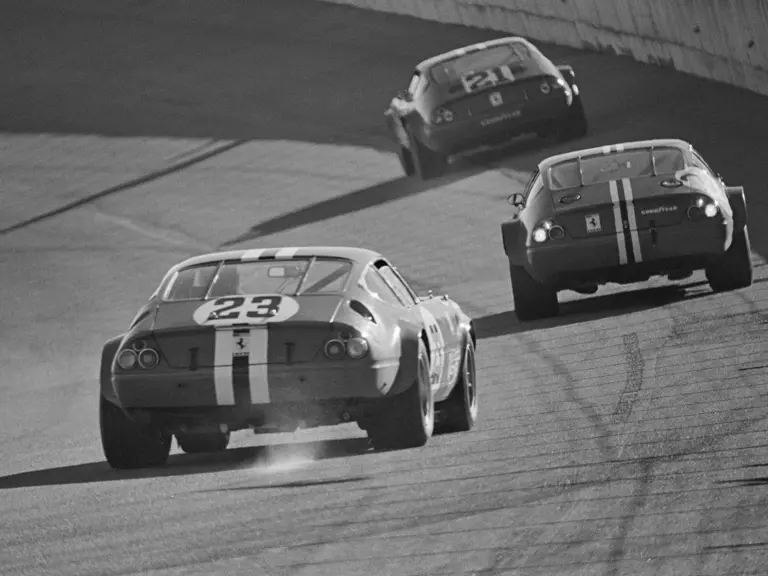
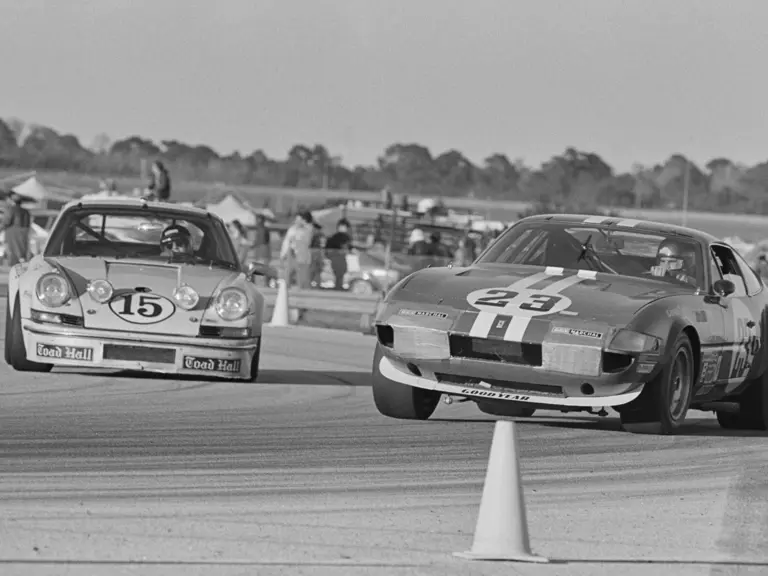
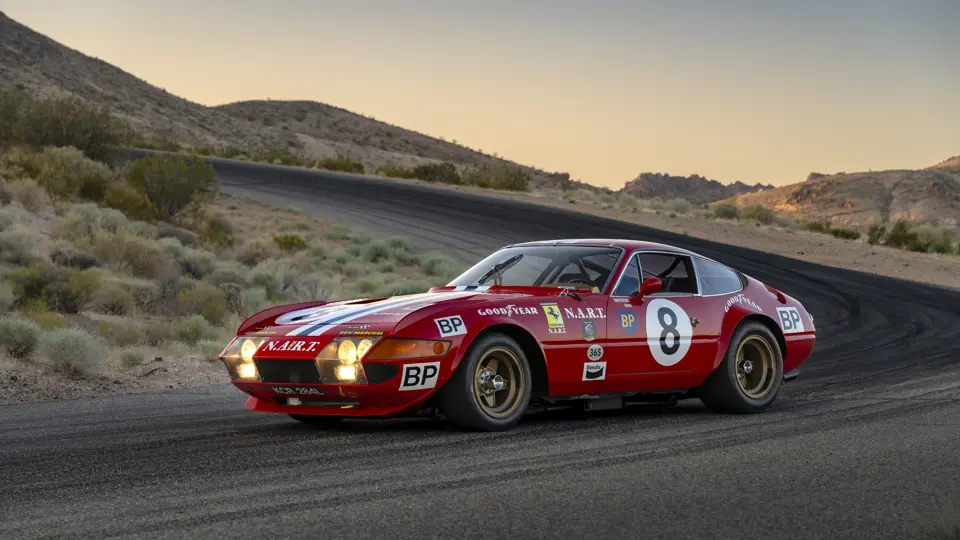
 | Culver City, California
| Culver City, California
